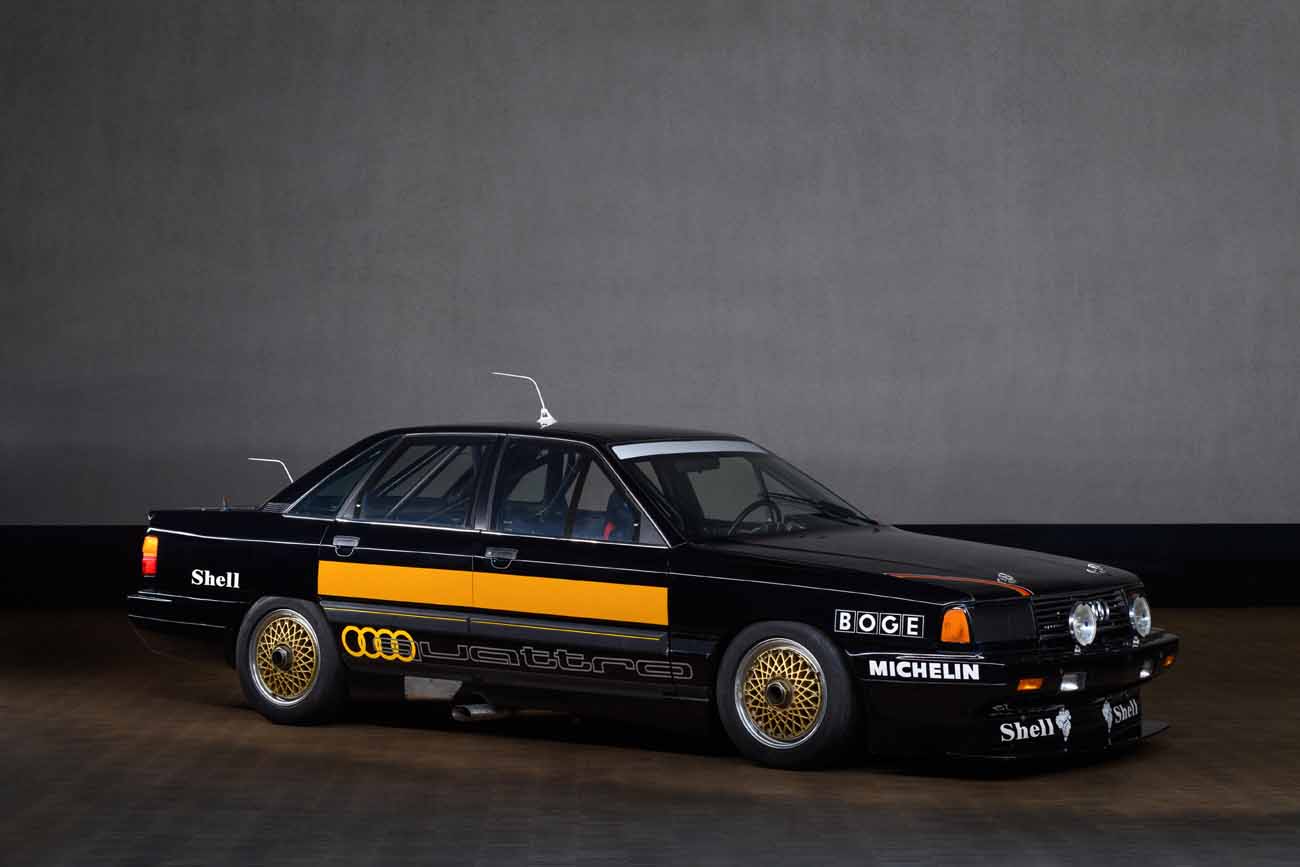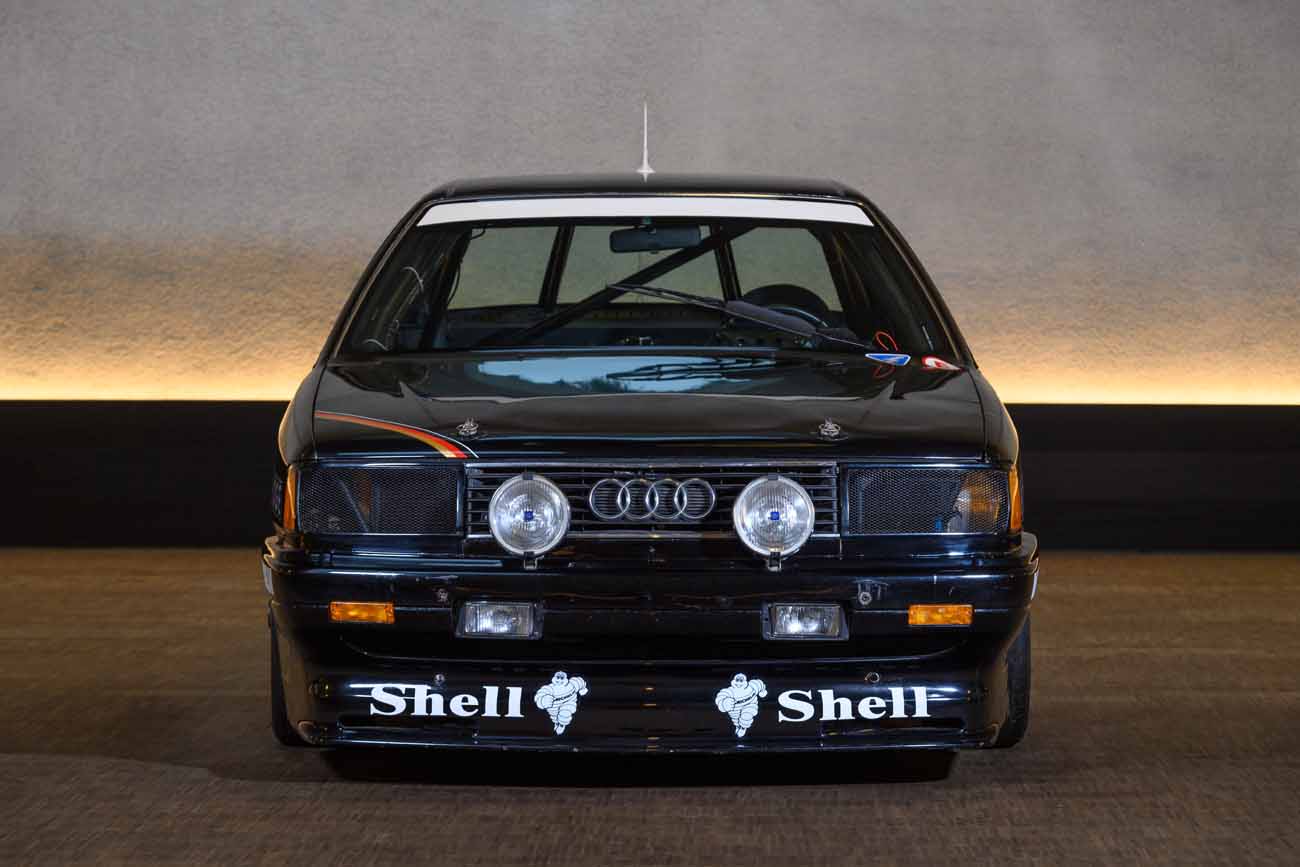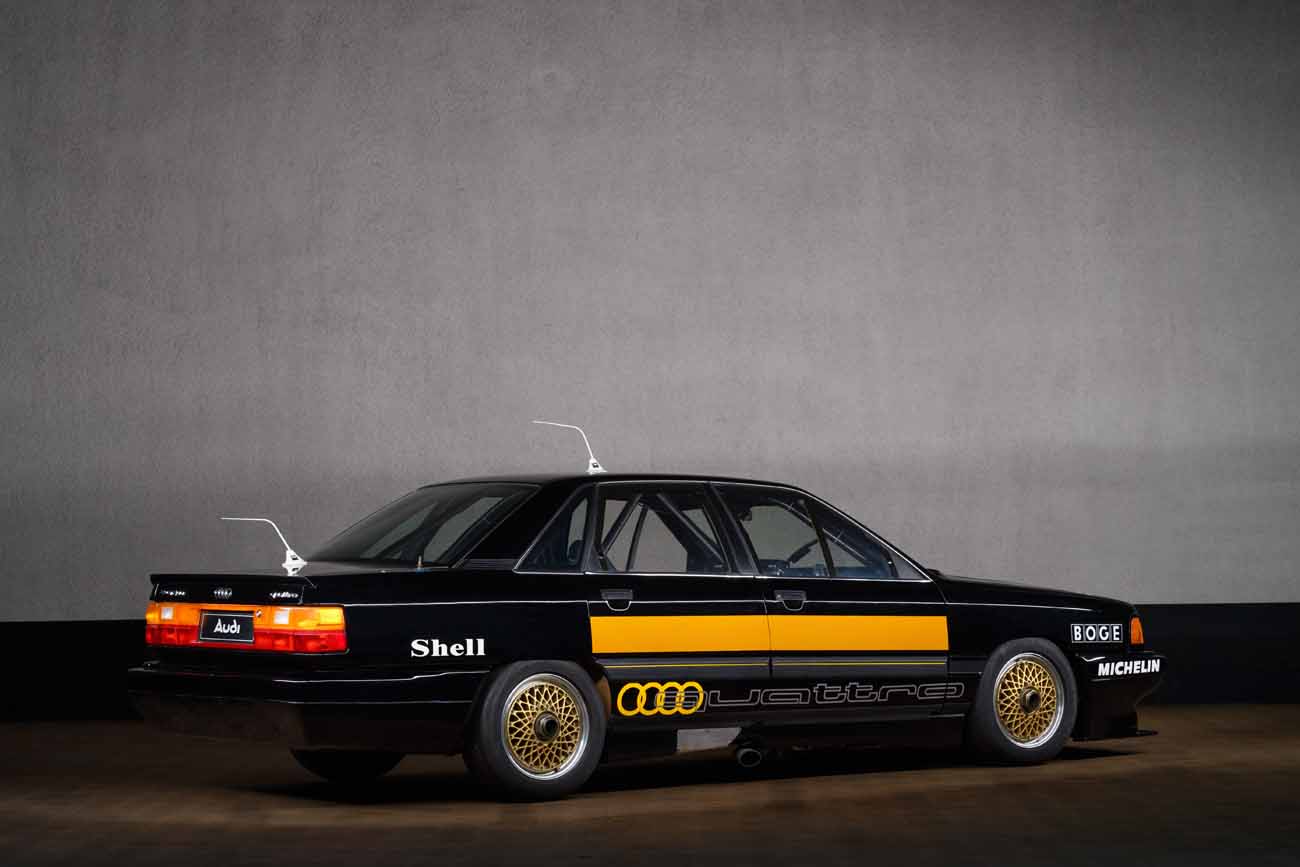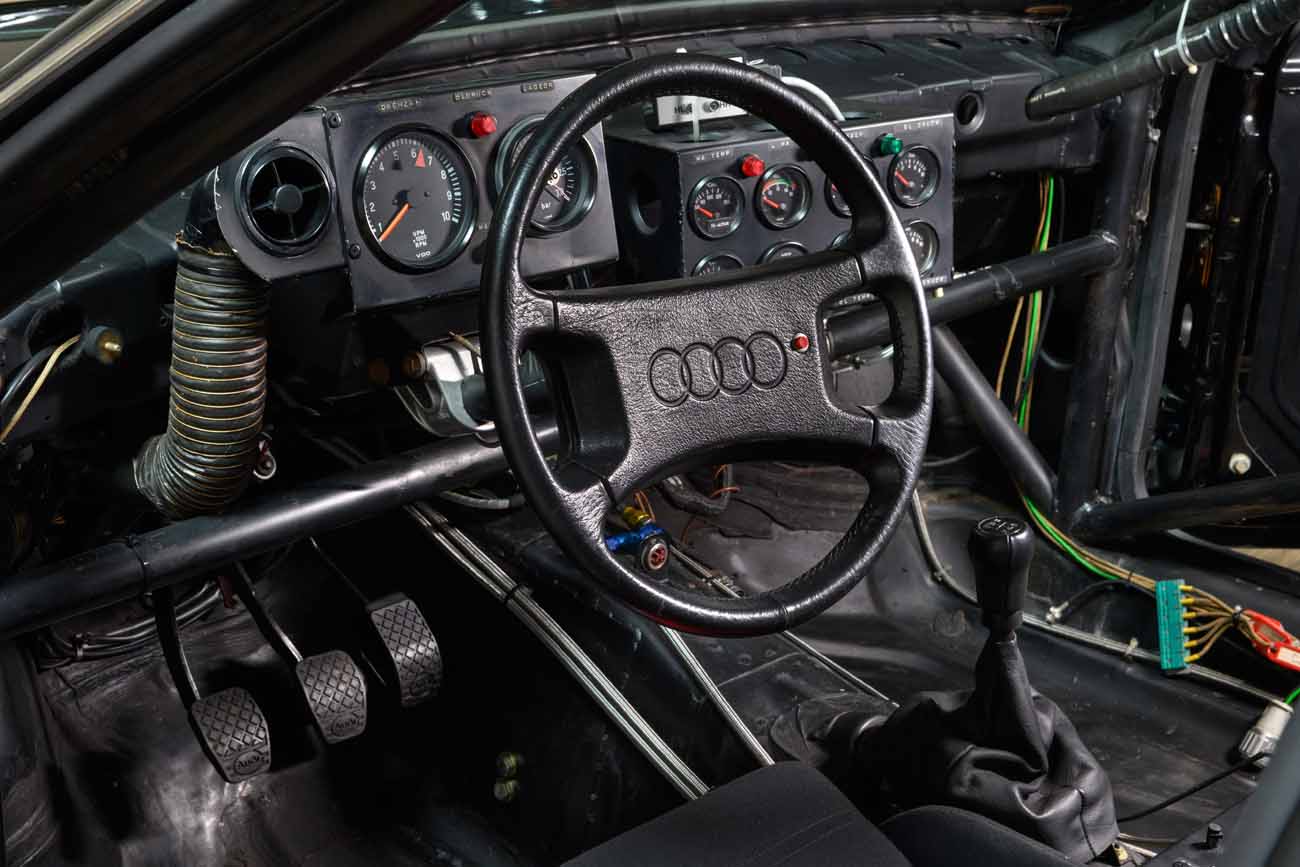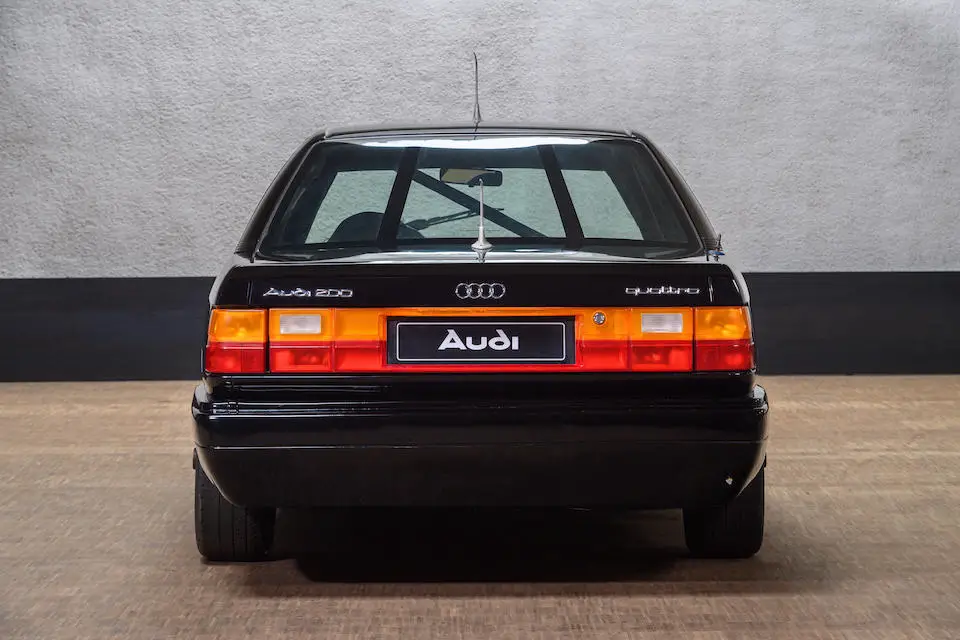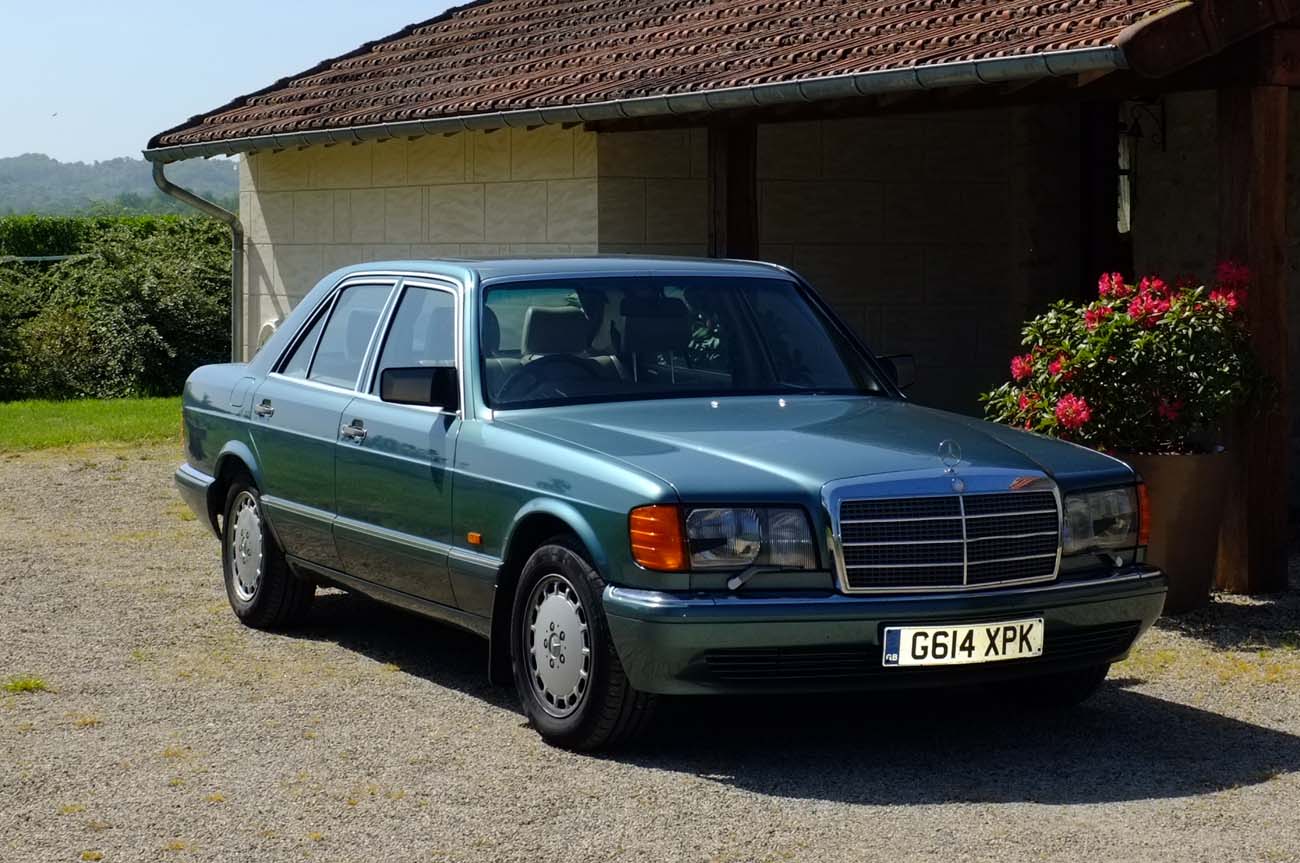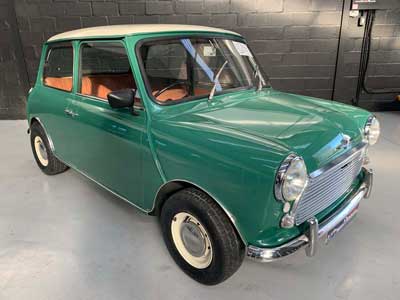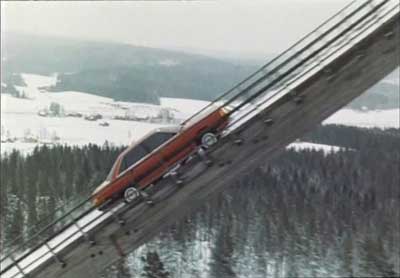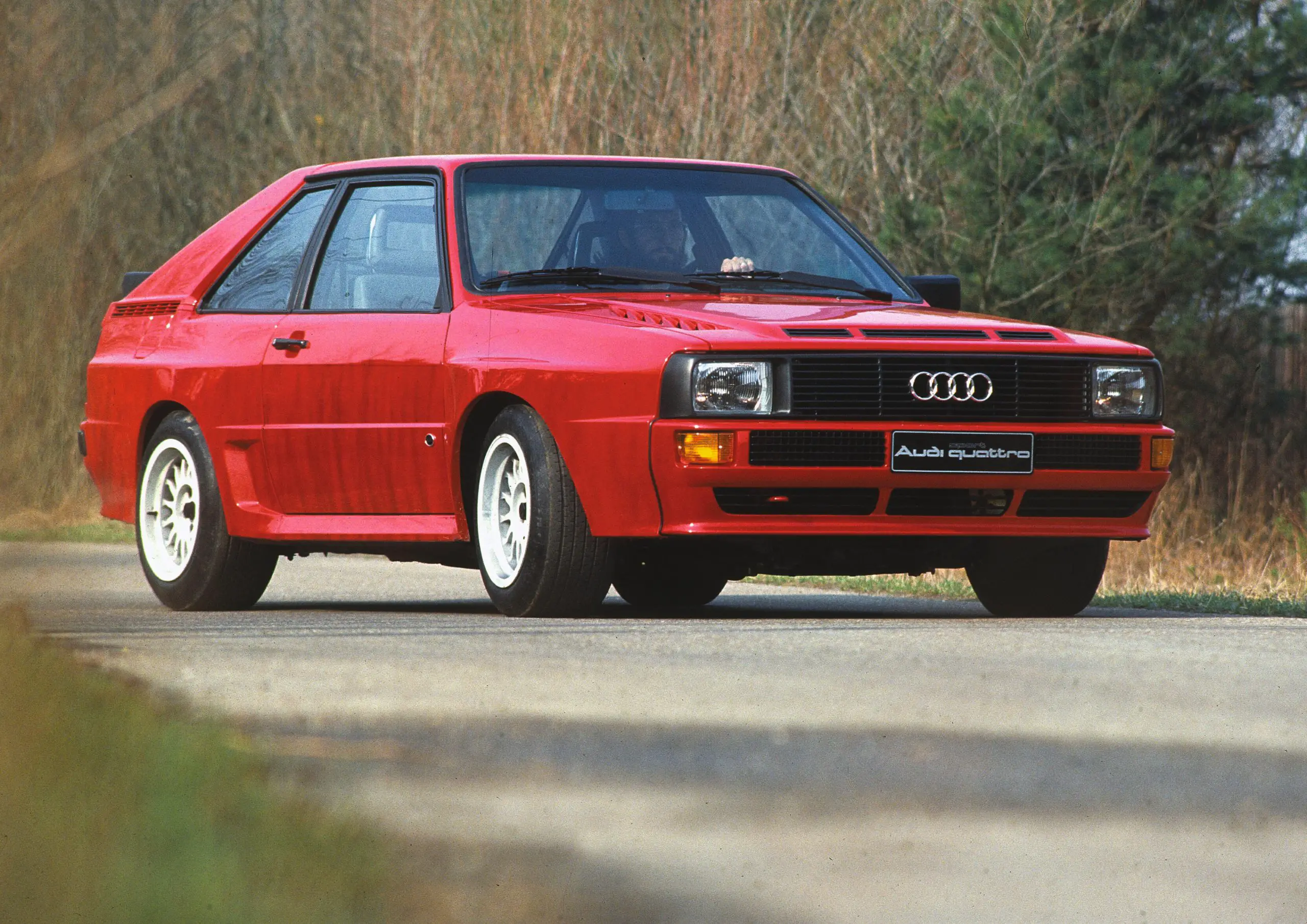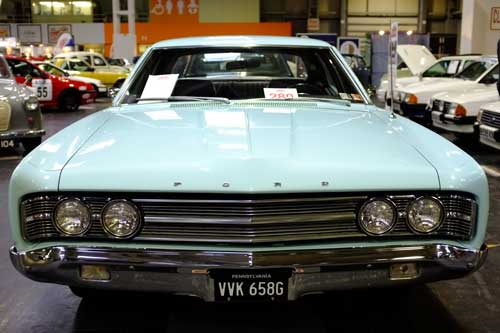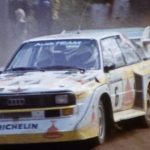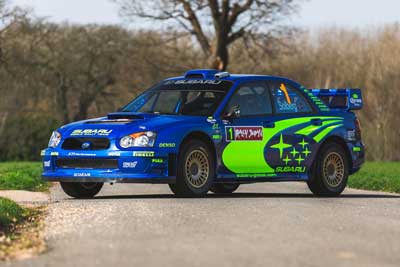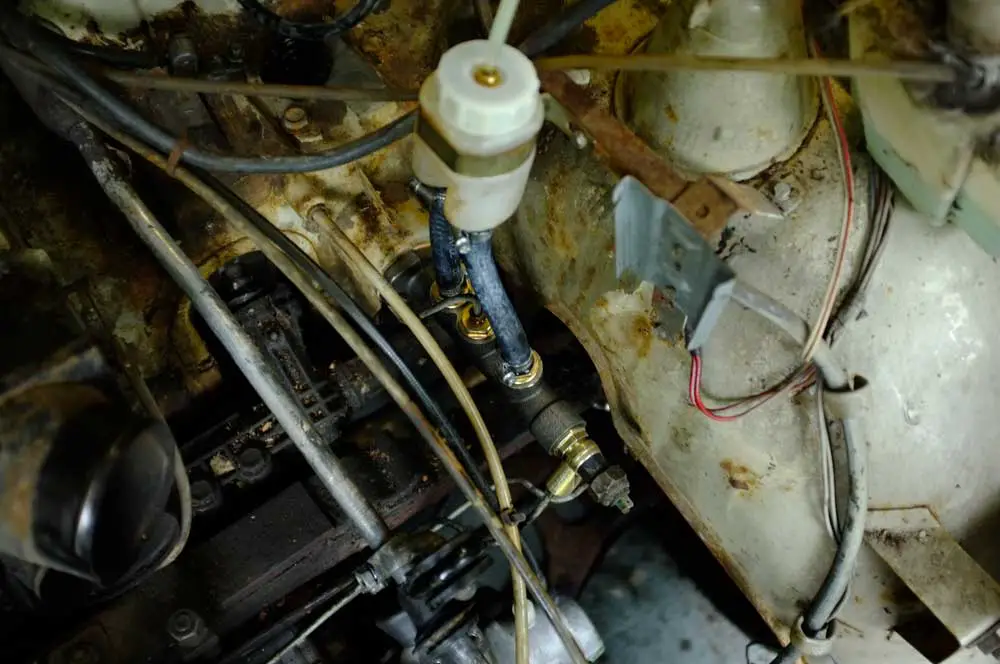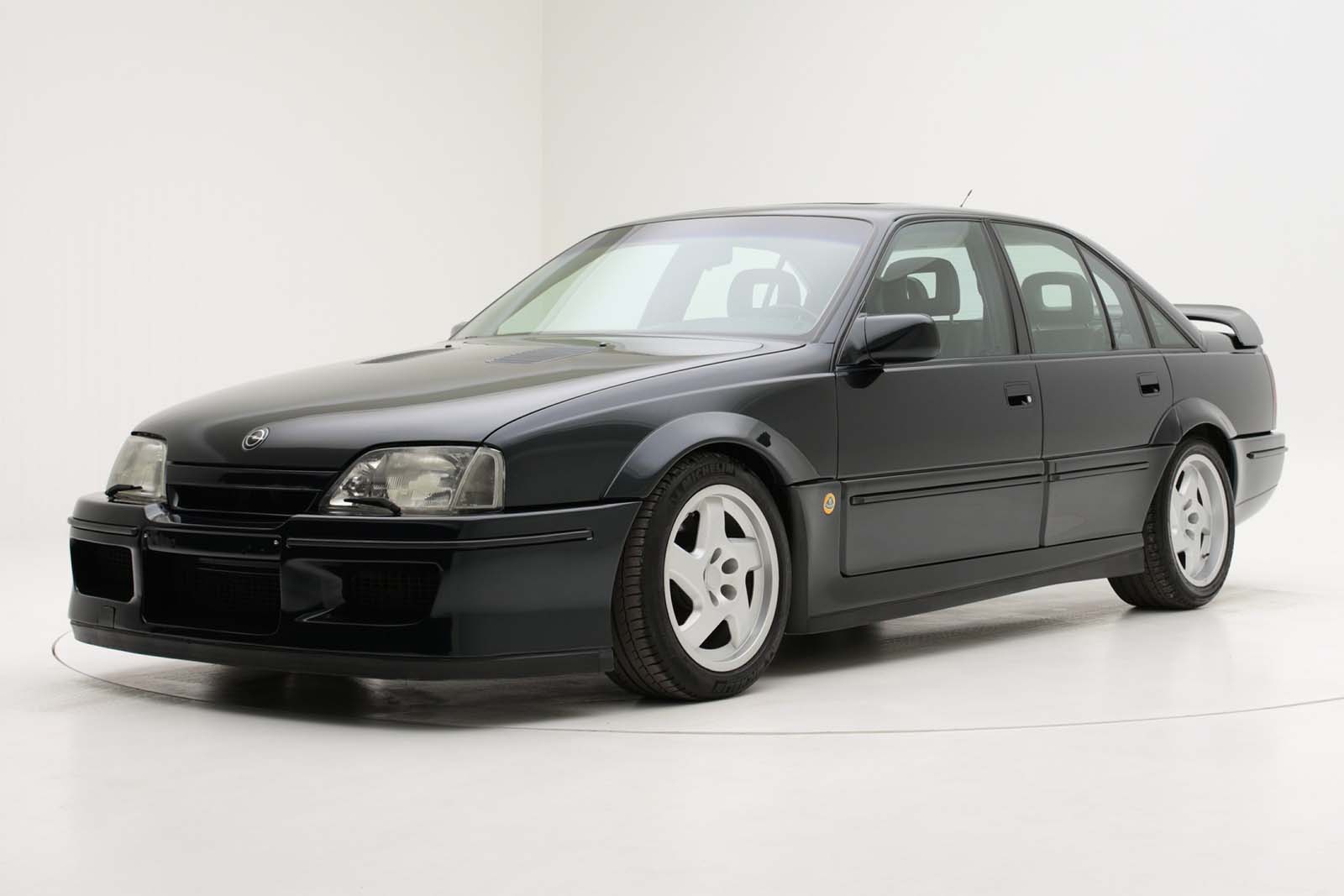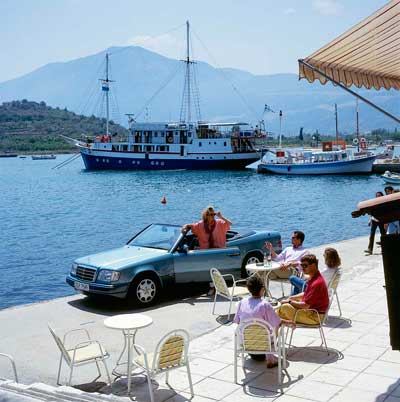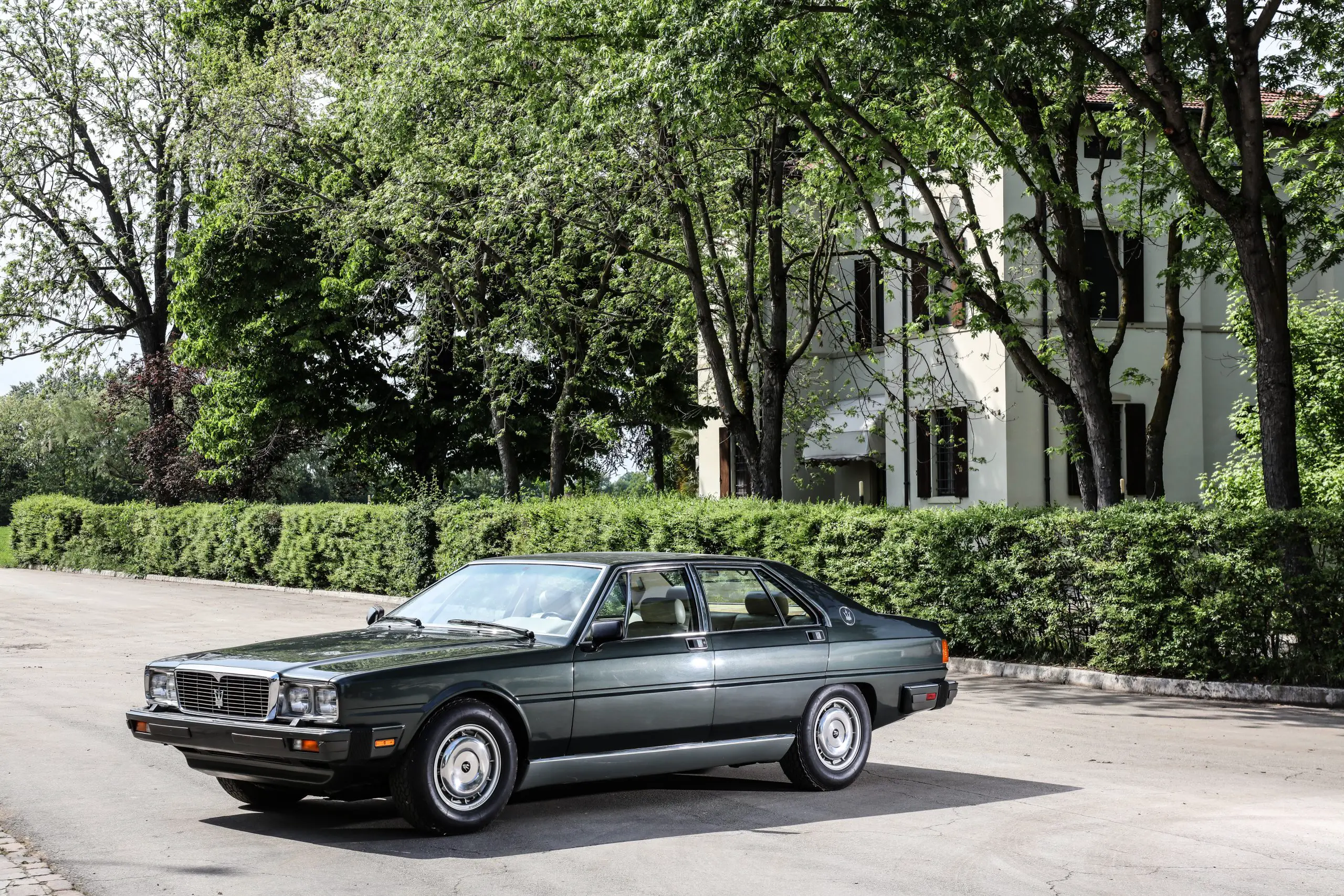
When Audi Made The Fastest Saloon Car In The World And Broke Records With It – The Audi 200 Quattro Nardo 6000
The Audi 200 quattro was a fine car and also a the fastest in the world at one point, Audi decided they would prove it by going for the records held by Mercedes at the old Nardo Ring with the Nardo 6000.
Mercedes Benz held the records for some time with their diesel powered C111 prototypes,
and Audi decided that 10 years later in 1988 that their 200 quattro would be the car to do it.
Audi built three identical Audi 200 quattro saloons for the project, which was the idea of then Audi CEO, Dr Ferdinand Piëch.
The 200 featured special lightweight Kevlar aerodynamic modifications to the front and rear bodywork lowering the already decent drag coefficient to 0.27 Cd. An aluminium roof and doors were added to reduce weight and the car used a modified 2.2 litre inline turbocharged five cylinder engine as found in the production model.
In record attempt configuration the maximum power output was 650 bhp, already proven in the Audi quattro S1. Two of the record attempt cars had this 20v engine, The one in the pictures had the special 25 valve engine which was confirmed by the former head of Audi Sport engine technology, Ulrich Baretzky. That makes this particular car in the photographs that sold at Bonhams auction in Paris, February 2022, unique.
Of course, there was a roll cage too and also plastic side windows and lightweight magnesium wheels.
The Nardò Ring is the former FIAT test track in Southern Italy and was chosen for the attempts at the 500 km and 1,000 km speed records. the current holder was Mercedes with the C111 at 320.78 km/h and 318.30 km/h respectively.
Audi had already proven the quattro all-wheel drive system ain rallying and now wanted to demonstrate its abilities with continuous loads at high speeds.
Richard van Basshuysen, Audi’s Head of Development, directed the record attempt at the 12.65 km circular track, from the 1st to 4th April 1988. 13 drivers had been selected for the record attempt, sponsors such as Michelin, Shell, Boge and Emitec.
To cover the distances the 200 was fitted with an extra large 340 litre fuel tank to reduce the number of stops which only took 25 seconds to fill up using an aerospace quick filler.
Pneumatic jacks were fitted to each corner to speed up wheel changes, the wheels being secured by a single central, large diameter nut.
Along with a tyre monitoring system the drivers were in constant contact with the pits, a bit like NASCAR, and the cars vitals were monitored real time with telemetrics.
Audi broke two speed records, 500 km at 324.509km/h and 1,000km at 326.403km/h. The overall attempt was abandoned when the second car, N6000/2, suffered a puncture and crashed. They were on track to break other records, one would have been at 30,000 km.
Audi sold the three cars into private ownership. Sadly, two of them have since been destroyed, but chassis number one survived. The record setting car was bought by one of the drivers, Dr Sigi Brunn.
The previous owner of the car was known as Germany’s fastest dentist, Dr Siegfried ‘Sigi’ Brunn. He had been averaging 350 km/h after just three warm up laps.
Dr Brunn bought the car directly from Audi who held the car for a few years before selling it to the last owner who put it into the sale with Bonhams. Some spares in addition to the car were available separately, wheels, new body panels, suspension.
The car sold for Sold for € 235,750, £ 201,860, inc. premium, which might seem like a lot, but the car is unique after all. It represents something special in more recent Audi history and comes from a period of increasing collectability.
The car hasn’t been run since the 1990s and whether we will see it run again remains to be seen, but the new owner must surely be tempted.
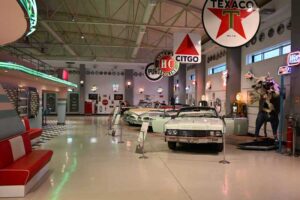
Ural Ataman Classic Car Museum – Istanbul, Turkey
This has to be one of the nicest private collections I have seen, the Ural Ataman Museum in Istanbul, turkey has not only a wide
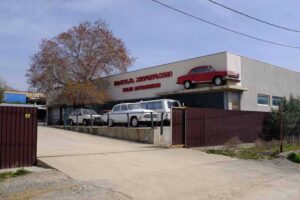
Tbilisi AutoMuseum Car Museum – Georgia
You may not have heard of this, but the small car museum in Tbilisi Georgia really has quite a lot to see. Buried in an
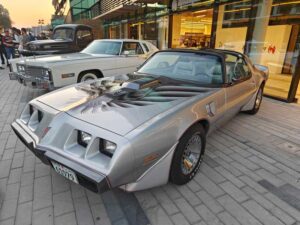
Bahrain Bike Week Classic Car Show December 2024
Bahrain Bike Week is the biggest event of its kind in the Middle East and the 2024 one was no exception. It’s not just the
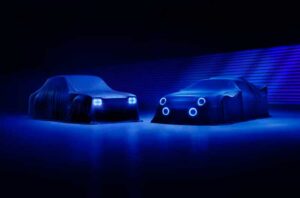
Ford Motor Company Bring Back Group 5 Mk1 Escort & Group B RS200 With The Help Of Boreham Motorworks
Ford have granted a licence to Boreham Motorworks, a division of the DVRN Automotive Group, to produce new versions of not just the Mk1 Escort
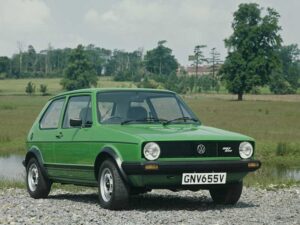
The VW Golf At 50 Years Old
Europe’s number 1 selling car the VW Golf has reached 50 years old this year, starting production on the 29th of March 1974. In
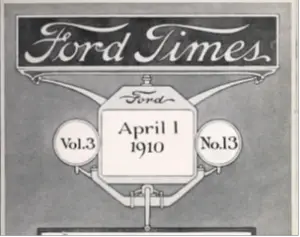
Ford’s Heritage Vault Makes The Ford Times Magazine Available To The Public
Ford’s expansion through the early 20th century was something to behold, the rapid growth of the company and the success of the Model T led
